Why you should buy a ute in 2024
Three of Australia’s most popular new vehicles in 2023 were utes. If you’re shopping for a new vehicle in 2024, here are five very good reasons to buy the jack of all trades, a dual-cab 4X4 ute, while they’re hot…
The numbers are in on 2023 new vehicle sales and they are compelling to say the least, putting light commercial work-hard, play-hard utes firmly in the limelight.
Not only have utes dominated monthly sales for several years, 2023 in its entirety represents a changing of the guard for popular vehicles in Australia, while also making it the biggest year for total sales at over 1.2 million.
There’s a lot to unpack in the data and not just because the Ford Ranger destroyed Toyota Hilux in outright sales. Where Ranger’s 4x4 (dual-cab) derivative had previously pipped Hilux at the post in several monthly rankings, it could never take the annual-sales crown, until now.
So what does this mean for you if you’re considering buying a new vehicle in 2024? Putting it simply, popularity means, generally speaking, a good sign of where the safe place is to put your money.
In this report we’re going to assess why dual-cab 4X4 utes are so fricken hot right now, down under, and see if their distinct advantages align with your needs as a consumer.
Here are the star utes of 2023, ranked in order of their respective annual sales figures:
As the latest Ranger come to maturity in 2023, it started to make the Hilux look like an old, overpriced and underdelivered badge-tax exercise. The sex appeal offered by a Ford Ranger is evident in the same way the attempts by Toyota to pump up and inject some muscularity into the dear, geriatric Rogue and Rugged Hilux variants.
The advantage Toyota had was its extensive fleet sales which have been steadily chipped away at by the Ranger. Private versus fleet sales are generally about 50:50, but Ford’s ability to actually deliver vehicles has clearly had an effect on where consumers and businesses put their coin. The lame-duck excuse disclaimer that has been sitting on Toyota Australia’s website since the pandemic, some bullshit about ‘demand exceeding supply’, has proven a bridge too far.
Hilux sales in December 2023 were up 3.5 per cent over December ‘22, at 4447 units. But Ranger’s sales went stratospheric: 35 per cent up compared with December ‘22 - hitting 7359 units, to be exact.
Third place in the top 10 vehicles went to the Isuzu D-Max which managed to offload 25,443 units in 4X4 configuration and eclipsed its December 2022 sales by a considerable 81 per cent which probably explains why sales were dismal last year while BT-50 stock was in abundance. Here’s why Mazda BT-50 beats D-Max >> if you’re considering either.
Meanwhile, the rest of the ladder was filled with the 4WD fossil also known as the Toyota Prado, followed by the oil drinking LandCruiser 300 >>, the Corolla, Mitsubishi Outlander, Kia Sportage and the MG ZS scraping in at number 10.
But if you factor in the fact Mitsubishi has been getting rid of L200 model Triton stock in the back half of 2023 because the new version is arriving in the first quarter of 2024, you can understand the bigger picture here in that utes are insanely popular for a reason. Triton is often one of the top five best sellers, so once volume arrives of the new model, you can expect it to push vehicles like Sportage, Outlander and the ZS further down the list.
Thanks to its no-brainer appeal to farmers, rural lore and mining fleets, and with the help of a facelift, the LandCruiser 70 Series has outsold various shitboxes like the Volkswagen Amarok, the LDV T60, SsangYong Musso and the Great Wall Cannon (or whatever they call that thing).
Not to be outdone here is the awesome-value Mazda BT-50 >> which admittedly only beat out the Triton due to the all-new model changeover, but nonetheless it’s up there with the heavy hitters of 4X4 utes. And that’s all that counts. That and over 14,000 sales.
TOWING: When your business means no bullshit
Utes are exceptionally good at two important tasks, one of which is towing heavy trailers. But utes are not trucks: The applied physics of heavy towing >>
The nature of taking your tool trailer to every nook and cranny of a city, regional town or even interstate is not a menial undertaking - it’s potentially dangerous but equally important in order to do your job as a tradesperson, groundskeeper or farmer. But often towing gets all murky with the other ute-specific forte, hauling a load in the tray.
Pulling 3500kg in a ute weighing 2500kg or less is inherently dangerous, but combining a heavy trailer with a heavy payload in the tray is an endeavour you should treat with care.
In any ute, you’re going to be towing what’s known as a ‘pig trailer’, which means it has a centralised axle or axles. This is distinct from ‘dog trailers’ which have axles located at each end of the chassis, like on trucks. But the nature of pig trailer design means that towing one with your ute makes them unstable in pitch (where the A-frame goes up and down) and yaw (where the A-frame rotates left or right).
So instead of thinking of your ute’s maximum braked towing capacity >> in those terms, think of it as a ‘towing safety margin’, where you should be aiming to make sure your trailer is as much inside that envelope as possible. Because pig trailers have that inherent instability and utes are not trucks capable of bearing severe loads beyond that.
It also depends on the relative kerb weight of the ute itself. At 80km/h, a 2.3-tonne Ranger is going be more stable with a 2.5-tonne trailer than a BT-50 that weighs only two tonnes. But that doesn’t make the BT-50 unsafe or sketchy, it’s on a sliding scale. It’s also a guide, not a rule. In the pursuit of perfection here, you need a heavier prime mover (the ute) than the trailer.
This is not to suggest getting the heaviest ute you can find, either. It’s to encourage the most conservative combination of both trailer weight and ute possible, because the more kinetic energy you put into the system (the more speed you build) the greater the risk of an overweight trailer pushing the ute around or even off the road. This is not just about your safety, but your apprentices (both professional and familial), and other road users.
So if you know your tool trailer, or horse float or double-axle caravan or boat trailer is going to be on the upper levels of weight (which you should know), like around the 3-tonne mark, you should consider one of the bigger, heavier utes, like a Ranger (or an even bigger 4WD wagon).
But if it’s more like up around the 2-2.5-tonne towing assignment, anything like a new Triton, the underrated Mazda BT-50 or Hilux are going to be fine. You can see how we’ve ranked these best utes here >> for light to heavy towing. We did the same for Best Heavy Towing vehicles here >>
The reason to love utes for towing is the flexibility to do a bit of moderately heavy caravan towing while also bringing the family on holiday, or, alternatively, taking a tool trailer to the jobsite five days a week with a bit of gear in the tray, the apprentice beside you, and some timber on the roof.
And of course, keep in mind that if you’re using a ute for daily commuting (which is a real thing), you’ll want to be aware that driving these things unladen, in case you don’t already know, is a bit awful. Their rear suspension especially, comprised of leaf springs almost universally, is designed to cope with heavy loads. This means the ride is very stiff when empty. Kerbs, speed humps, potholes, tram lines etc are all going to make things fairly bouncy, but there is some positive development on this aspect, so keep reading…
TRAY BIEN: When form is functional
Significant payloads in the tray of your ute should be kept separate from also towing very heavy loads. Utes are an engineering compromise, fundamentally, because they’re only a light commercial vehicle. They are not a proper truck.
Dual-cab utes in particular are designed to either A) tow or B) carry. But they’re not specialists at doing both in the extreme. There is nuance here we need to discuss.
You can definitely have a bit of both - tool trailer and building supplies: absolutely. Just not to the extreme. You can’t max out the towing and max out the payload, because towing inherently eats into payload and vice versa. Why?
Because these are designated as passenger vehicles (not trucks), so they’re not engineered to both tow and carry to the maximum potential. Hence when you tow, you must subtract the towball download from the remaining payload because adding weight to your trailer, and including the trailer itself, the vehicle is taking a portion of that load.
Let’s use the Ford Ranger as a prime example of this phenomenon. Ranger Wildtrak 4X4 dual-cab (with the 3-litre V6) has a gross vehicle mass of 3350kg, meaning it is illegal for the vehicle to weigh more than 3350kg, including all payload.
The gross combination mass of 6400kg means the Wildtrak and any trailer it pulls, together they cannot weigh more than 6400kg. Now, just at this point, let’s acknowledge how absurd and brain-bendingly dangerous it is to drive a Ranger and tow a trailer all up weighing 6.4 tonnes. The fact any apprentice tradie can have their full licence for 24 hours and legally buy a $75K Ranger Wildtrak and hitch up a 3.5 tonne tool trailer and have 685kg worth of people, equipment, building supplies and knock-off beers, is astoundingly dumb.
The reason said tradie can ‘only’ get 685kg in the ute with some 3.5-tonne trailer/mini excavator combo on the back is because there’s 350kg of towball download borne by the Ranger in this example (or whatever ute you choose). This is referring to when empty, in which case a Ranger Wildtrak’s payload is 1030kg.
Can you see the trade-off in terms of what utes can do? Sure, it can do the maxxed out (or extreme end) towing assignment, but in doing so, the payload takes a massive hit.
There are some impressive payload figures available in modern utes which are also quite nice to drive. Having said that, 2.38 tonnes is a fairly heavy starting weight, in the case of a Ranger. But most utes are at the two-tonne kerb weight waterline these days, and getting over a tonne in the back is generally considered on the brink of dangerous.
You can happily take half a cubic metre of crushed rock on occasion, or do more daily work like driving across town loaded up with your tools and supplies with a very healthy safety margin. But there’s more advantage to a ute’s tray than just weight.
There’s a safety aspect to carrying heavy tools in a separate compartment to the main cabin, and not just that. Flammable liquids like fuel or oil, or even heavily powedered or dusty material such as sawdust, concrete or mortar, any food handling like bags of flour, sugar or powdered milk should be kept separate from the cabin also for fire safety. Yes, flour bombs are real >>
I'll help you save thousands on a new dual-cab 4X4 ute here
Just fill in this form. No more car dealership rip-offs. Greater transparency. Less stress.
OFF-ROAD WEAPONS IN TOM FORD SUITS
The next best thing about having a ute, particularly one you don’t intend to keep protected with bubblewrap, is being able to take it off-road at a moment’s notice. That doesn’t mean on some epic 4X4 adventure into the bush for camping, drinking and beard stroking - but it can incorporate those aspects as well.
It’s about getting work done. Farms, council maintenance, building sites and housing estates, wineries and agricultural hubs, hobby farms, utility services - all of these types of work need Swiss Army knife style functionality in a vehicle. A big, heavy truck could be overkill in some circumstances, either in dimensional or sheer weight, or even inexperience of the driver. But a ute can be nimble, agile and tread much lighter than a truck.
But the multiple personality of a ute means they can not only make good mundane daily transport and be very comfortable doing it, they can also take a beating and deal out punishment where it’s needed - and you stay dry. It’s about like that scene in John Wick where he asks for a tasting at the underground armoury, and he tells the Sommelier:
I need something robust. Precise.
- John Wick
That’s a modern ute, metaphorically.
Their overall robustness for not only towing or hauling a payload is also complimented by their ability to take you to some very interesting and potentially hard-to-reach places, or simply get you out of trouble.
The ability to activate the 4-High mode to get you into or out of a muddy carpark, or drop it into 4-Low to engage the reduced gearing for things like steep climbs or sketchy descents, or simply to cross a creek on your property that wasn’t that high last week, is versatility writ large.
But the fact you actually stay dry in modern-day utes is something remarkably new to the whole genre of vehicle. See kids, back in the day - about 10-15 years ago and before those times - if you got water above the lowest door sills on your ute, that water was coming into the cabin whether you liked it or not.
The delight of modern carmaking is that, not only does the ute not rust beneath you (bar LDV T60 >>), but water ingress is not longer an issue - unless you let it in. Old LandCruisers, Nissan Patrols, Rangers and Hiluxes, Land Rover Defenders, Jeep Wranglers (even probably new Wranlgers, if we’re being honest) they all waded through creeks and rivers like in-motion sieves.
And they had very primitive four-wheel drive systems which would, more regularly than most will remember, either refuse to go into low-range, or would be susceptible to driveline wind-up unless you were absolutely driving on the most compromised cheesecake track. Meaning, once you were out of the gnarly stuff, you had to disengage 4WD or risk breaking something.
Also, the brakes were garbage, and they all had skinny cookie-cutter tyres, and they were constantly being driven with copious amounts of spare fuel because in four-wheel drive they drank fuel like sailors on shore leave.
UTES AREN’T SHIT TO DRIVE ANYMORE
Arguably the best part of owning a modern ute is just how remarkably comfortable they are to use, in relative terms.
Like any light commercial vehicle with leaf springs, stiff dampers and a high centre of gravity (and a driving position to match), you should expect any modern ute to be less refined and comfortable as an SUV, because they are. But considering what they can do as well as providing niceties, we certainly have come a long way.
The fact utes are built to a fairly stringent cost constraint does mean there are vibrations in the driveline, an audible burble from the diesel engine, and wind noise whistling off the doors mirrors - and tyre road on certain coarse chip roads is hard to ignore.
But by ute standards, the fact you can hold a conversation, be warm (or cool), and stay dry while also listening to whatever song you like, and have cruise control ensure you remain within a 3-second gap to the other utes, it’s a privilege unheard of in old utes. Having any luxuries at all in a ute today was unheard of only 10-12 years ago.
Cruise control, the basic kind, was only ever available on higher-end prestige vehicles, or if you were lucky, on the absolute top-spec ute model, if you were lucky. Anything built before the 2010s was crude in terms of any creature comforts, let alone safety features. The Volkswagen Amarok for over a decade never had curtain airbags, yet commanded a price premium over other utes that did have them.
Leather seats were unheard of before the Ranger Wildtrak brought them into vogue. Nowadays there’s leather on the top half of most ute model grades. Most also have seat heating for those chilly winter starts at 6am, and as a result of the increase of comfort levels, driver fatigue has been greatly reduced.
The erasure of window winders on a modern ute is an unacknowledged progression along with buttons that work, and ergonomics that generally go unappreciated include the easy flick of a switch to engage 4WD means no more jumping out to manually lock wheelhubs.
The functionality of a modern ute’s steering wheel, like the rest of the wider car industry, has improved significantly. Your hands can now remain on the steering wheel to adjust volume, cruise and make phone calls, which makes you much more responsive to changing driving situations up ahead - a boon for road safety that never gets highlighted considering how many more vehicles and people are using the road network these days.
Rear seats on utes going even further back into history should have been considered a form of torture (or at least inhumane) by the UN Human Rights Commission. But a typical ute’s row two today is covered in the same leather, or at the very least good quality water resistant cloth, it gets child restraint anchor points including top tethers and ISOFix, and the little tackers, usually, even get air conditioning vents.
Ute floors are all carpet and rubber mats, unless they’re a true poverty pack fleet-spec, and the floor itself tends to not disappear thanks to modern carmaking innovations like galvanization.
Conclusion
The best reason to buy a new ute in 2024 is because they’ve never been better built, with more luxuries and features, and nor have they been quite so capable of performing their multiple roles as family transport, daily workhorse demands and occasional holiday touring long-haul cruisers.
Utes have never been such good value, either. They might’ve been cheaper on a dollar-figure basis, but that same dollar got you less ute and still depreciated afterwards. Not only are utes highly sought after as record 2023 sales have proven, but they’re extremely desirable in used condition, meaning there will almost guaranteed be a prospective buyer in a few years’ time when you’re ready to move yours on.
If you need help getting your hands on a new Hilux, Ranger, Triton, BT-50, D-Max, Amarok, 70 Series, click the red button below, fill out the form and we’ll help you by negotiating with the dealer so you don’t fall prey to their predatory ways. Or read the various report on the AutoExpert list of Best Utes here >>
Or perhaps if you’re interested in seeing the highly anticipated Kia Tasman ute >> in the near future.



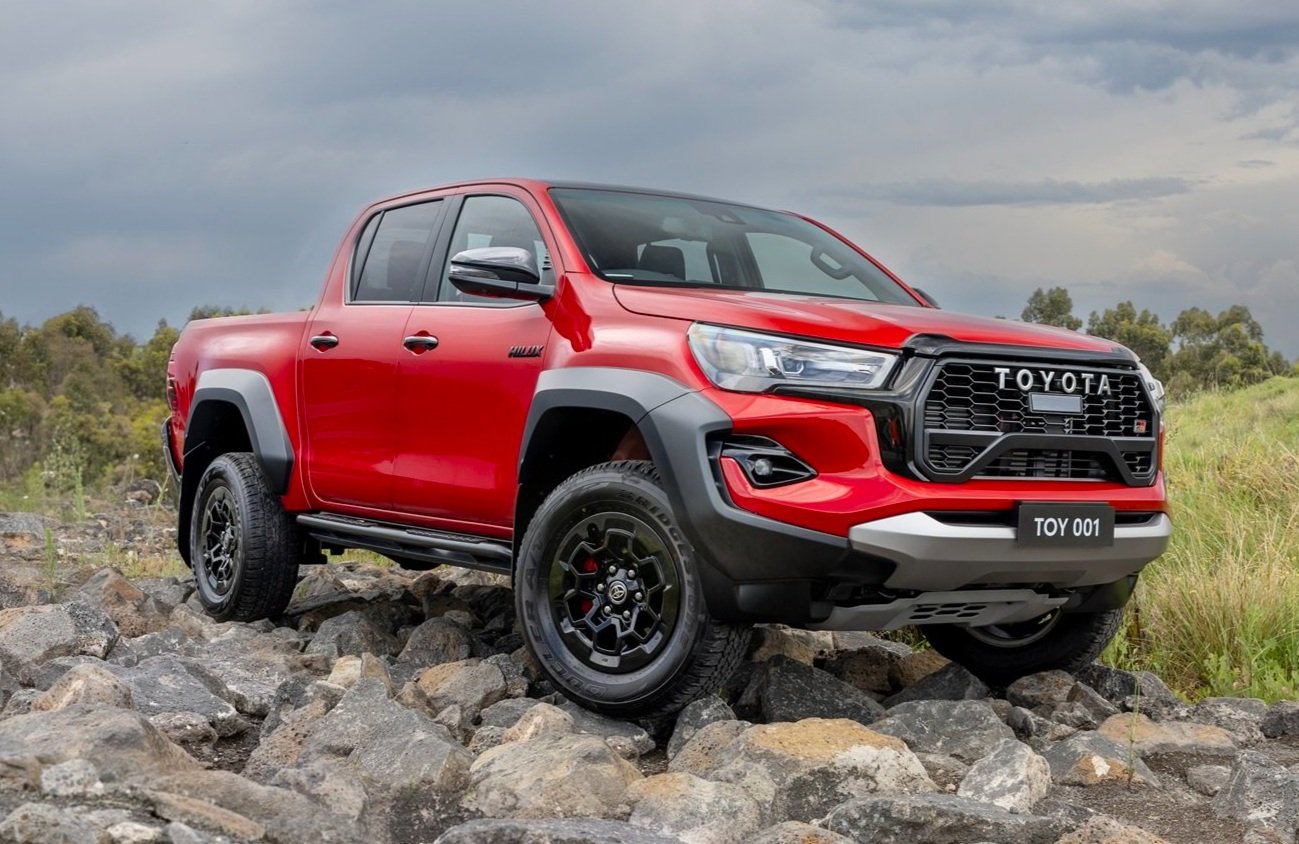
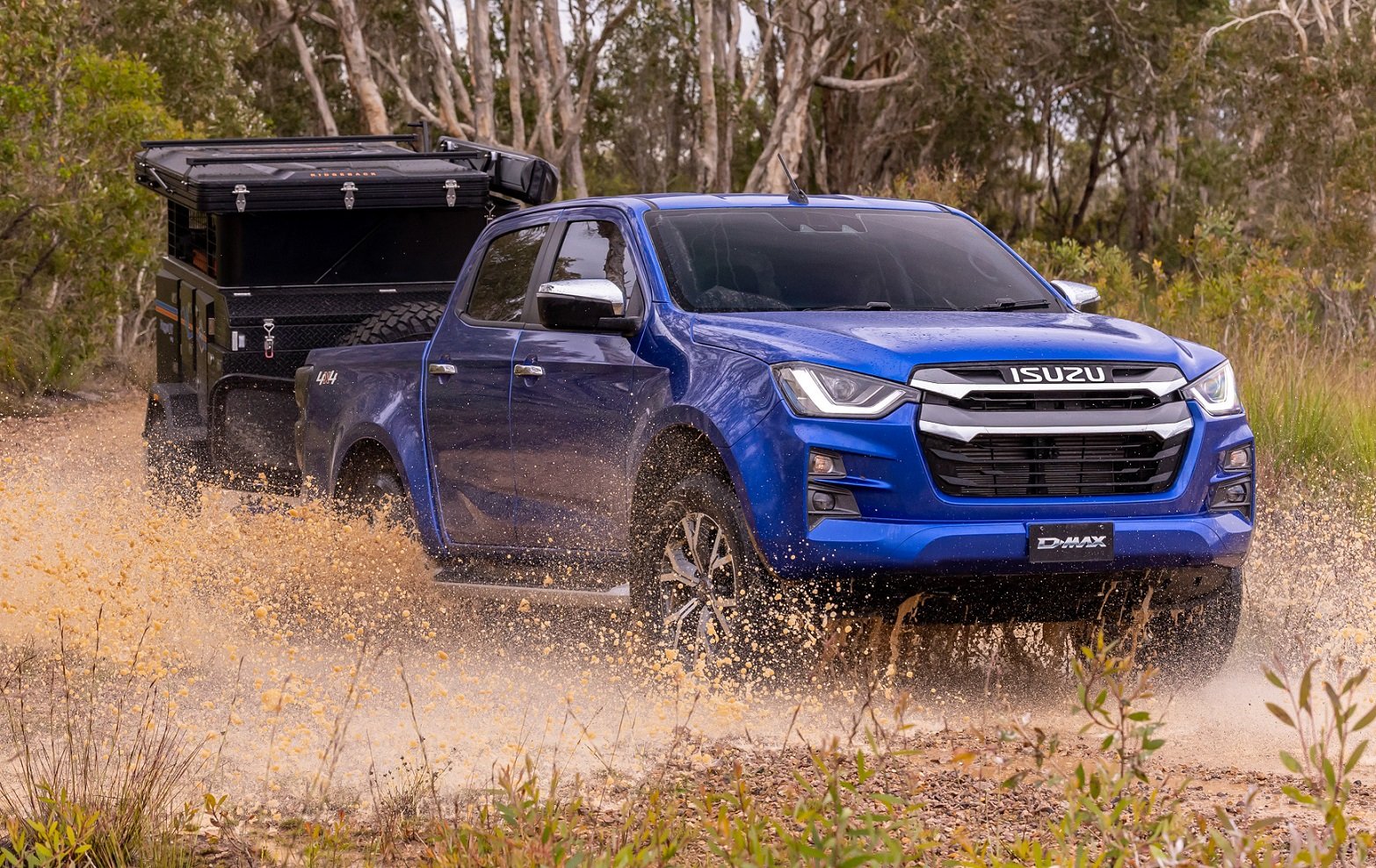
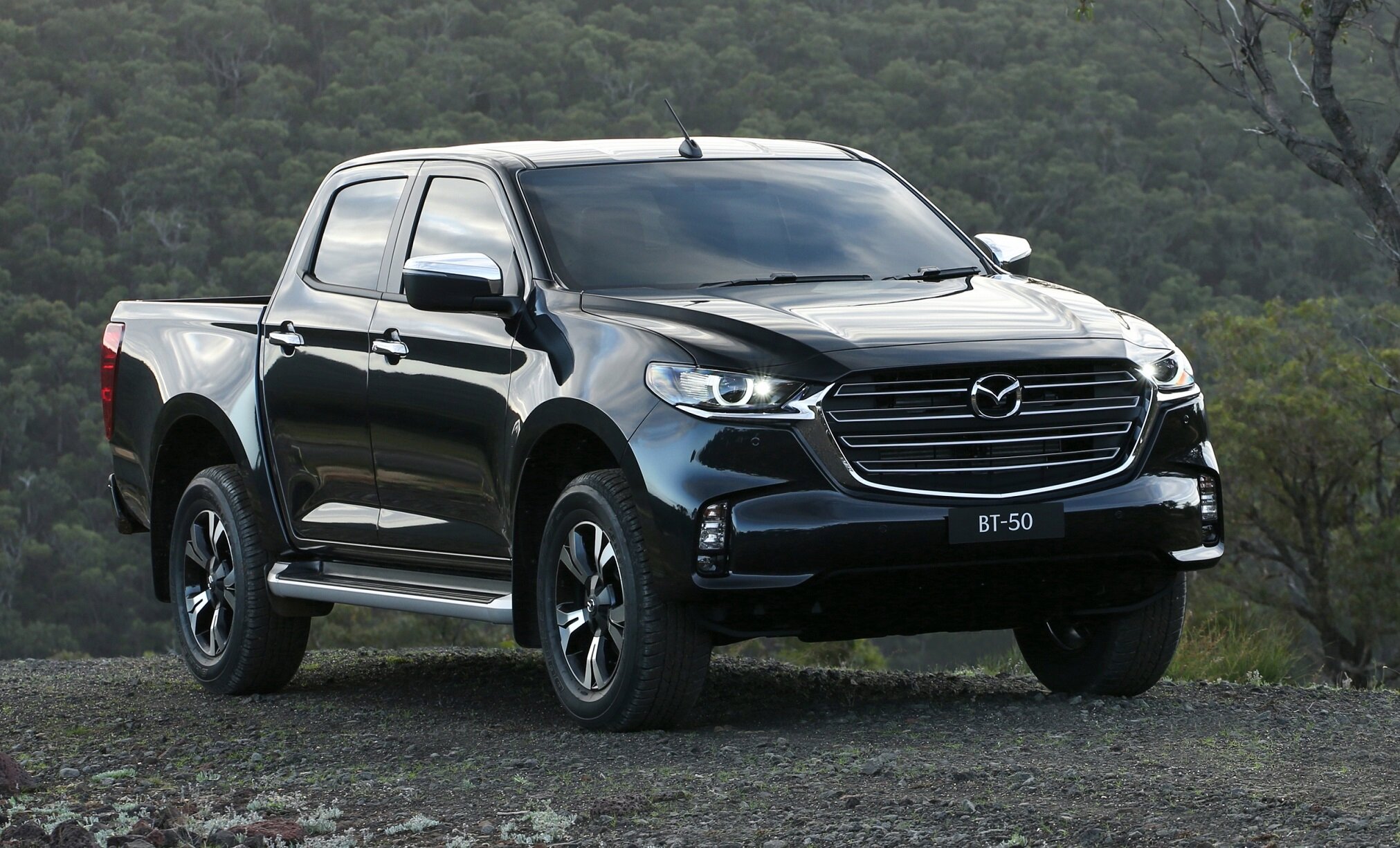
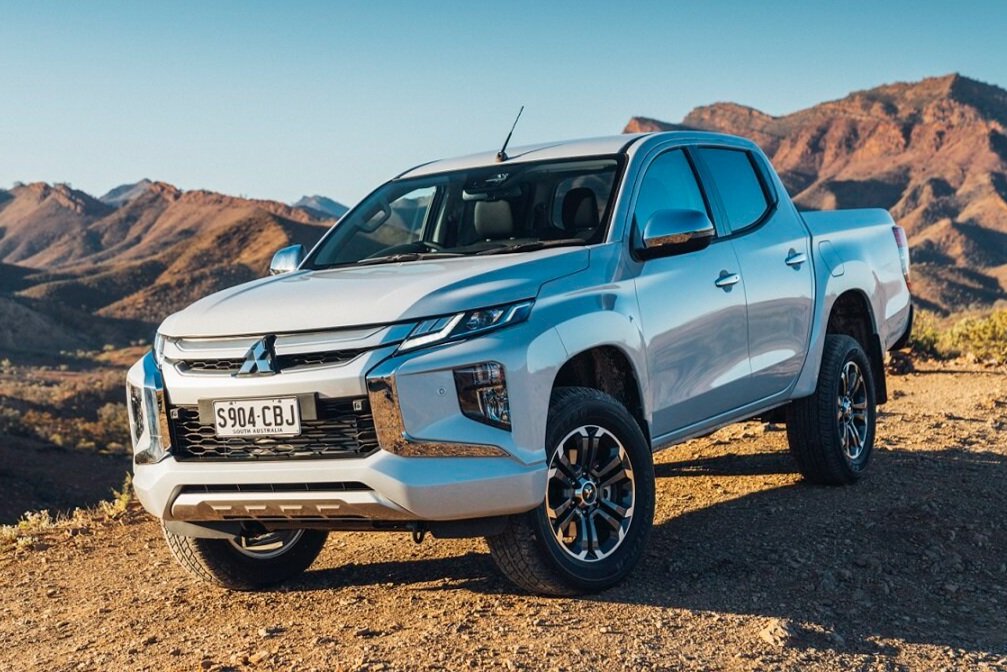
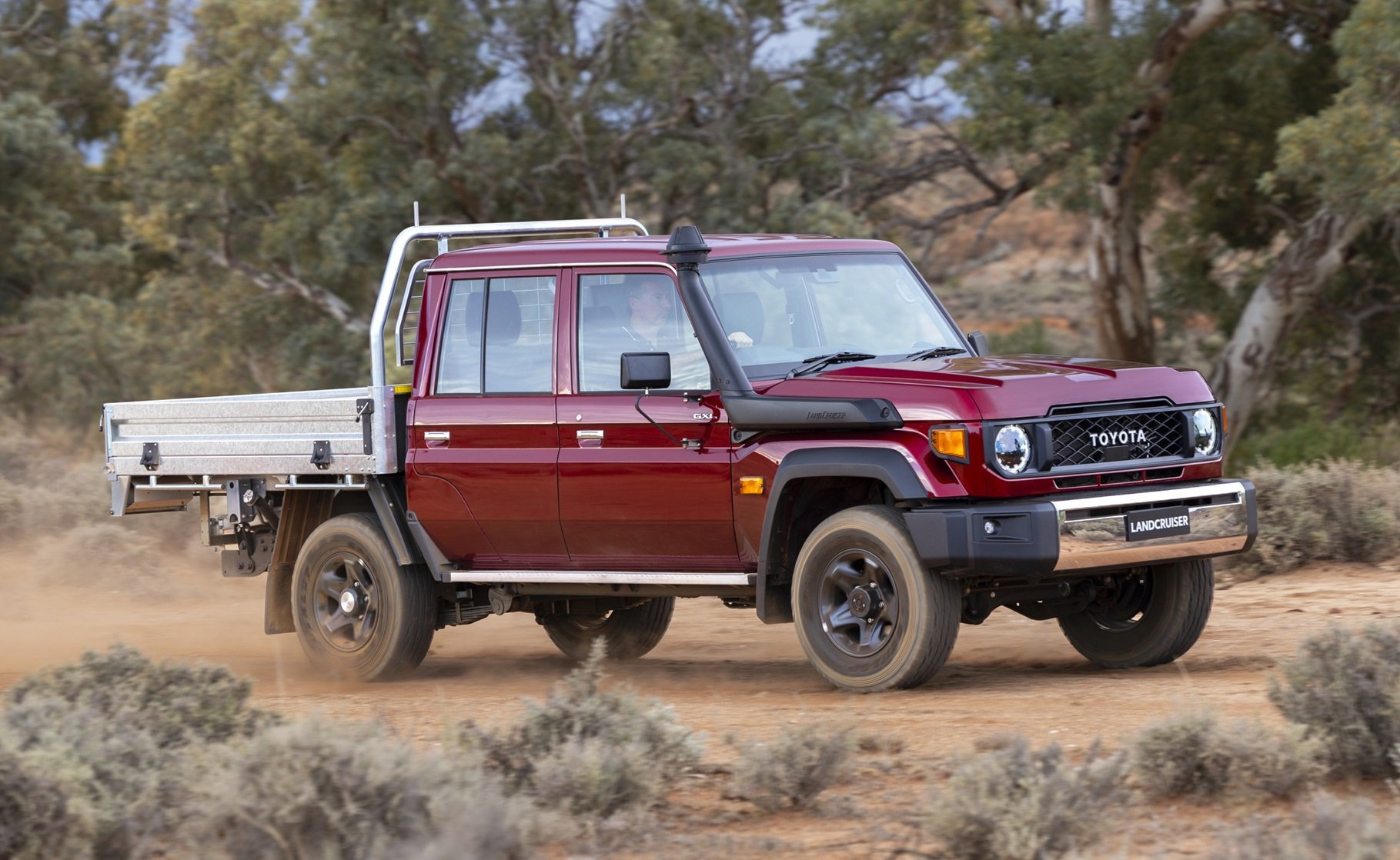
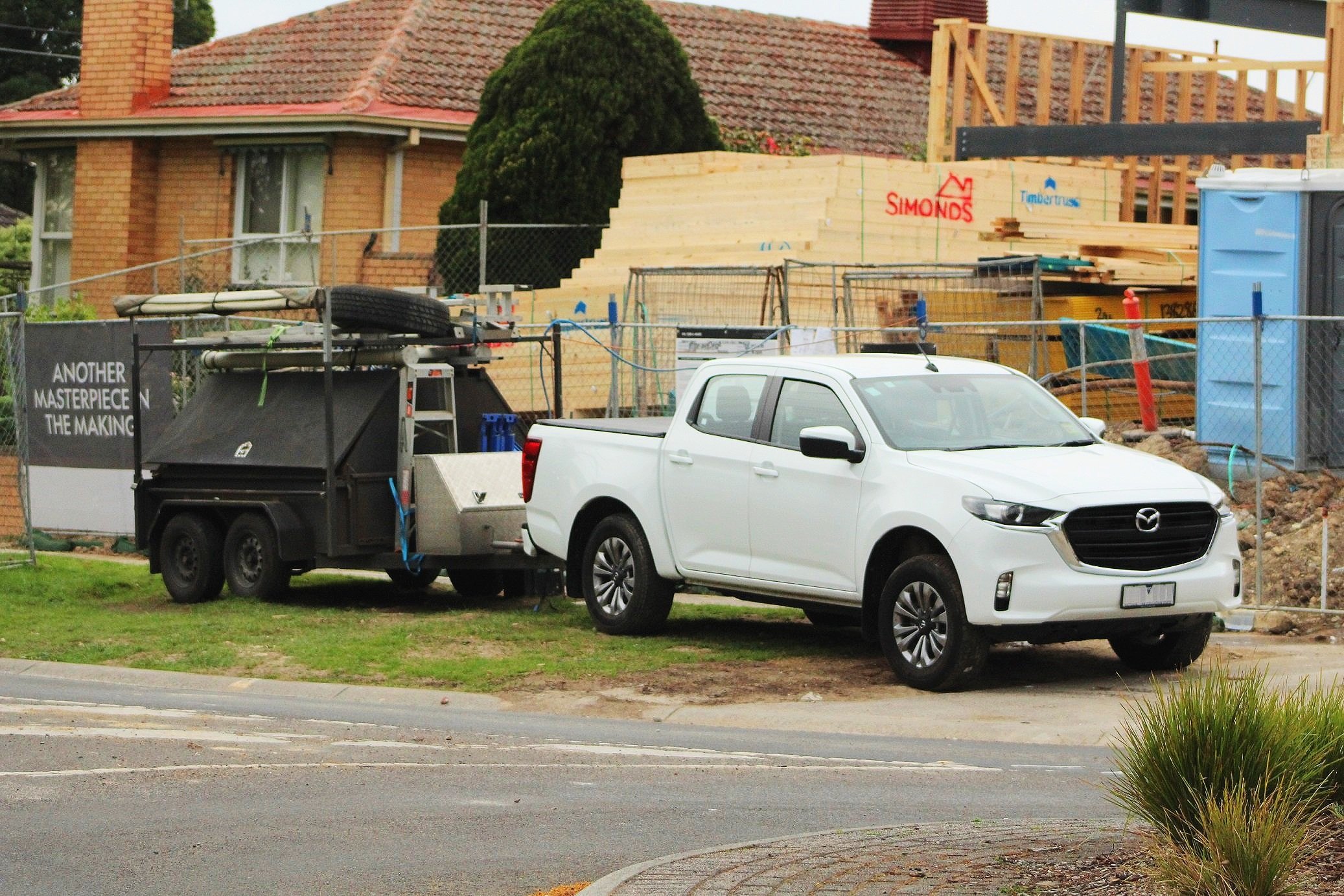


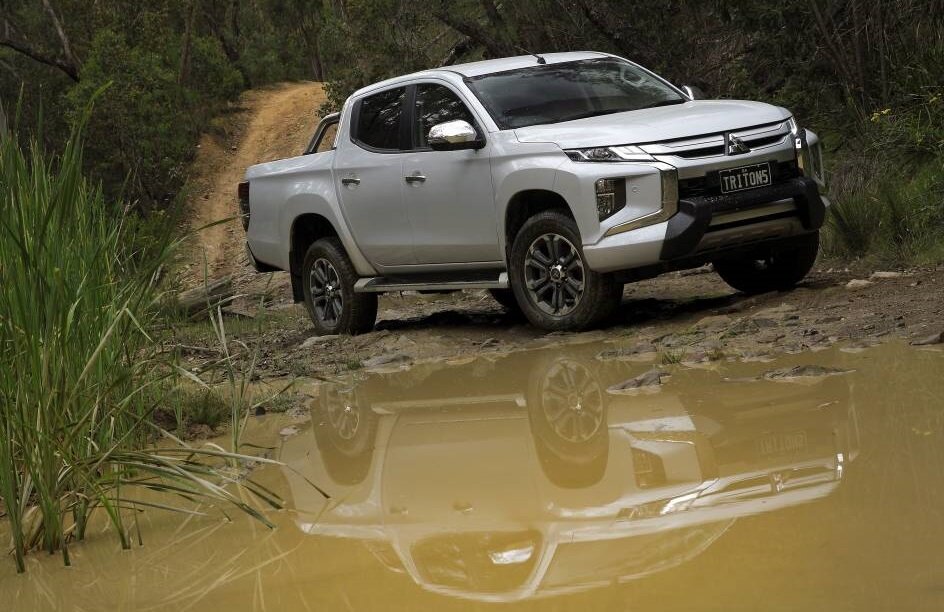
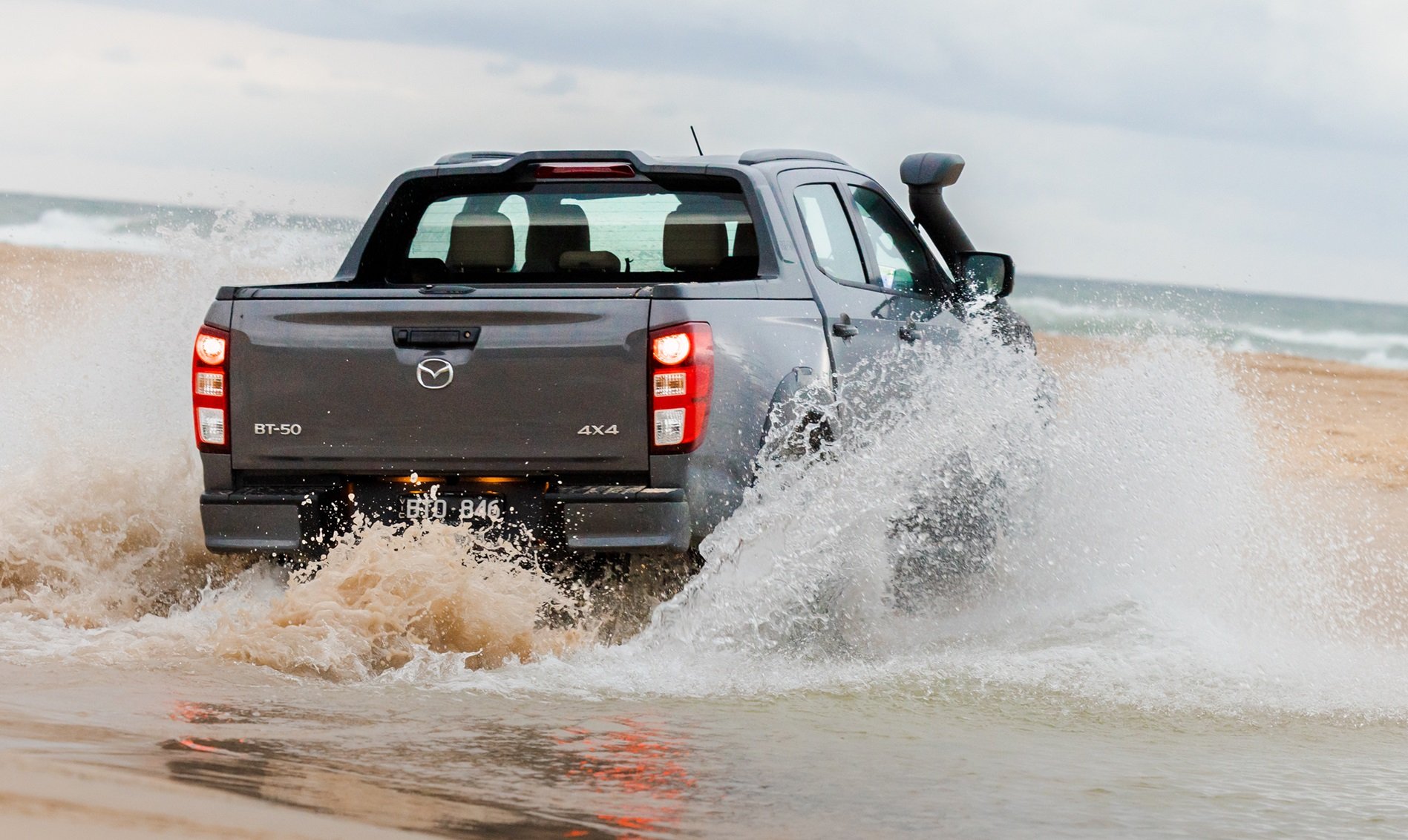
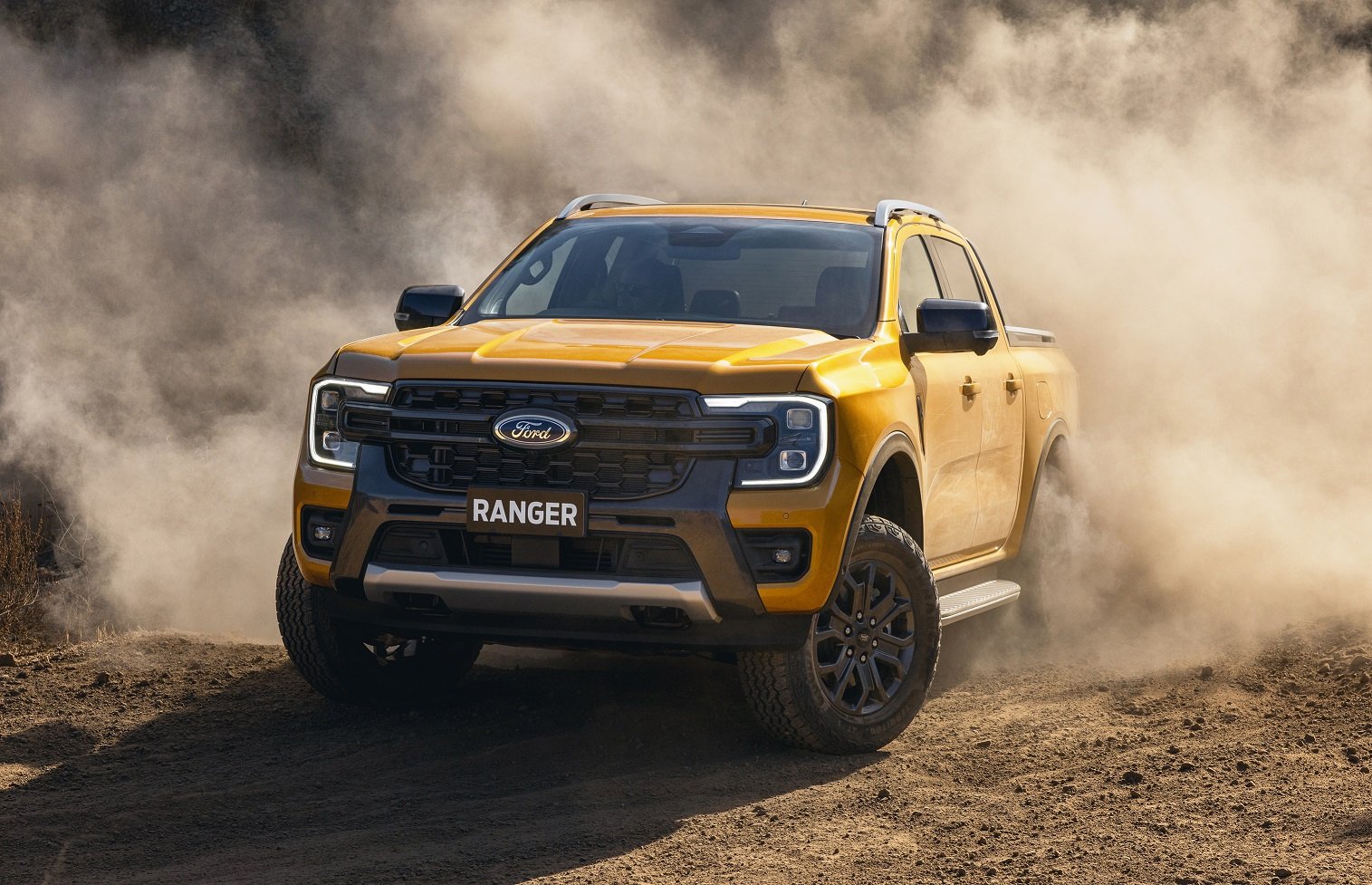




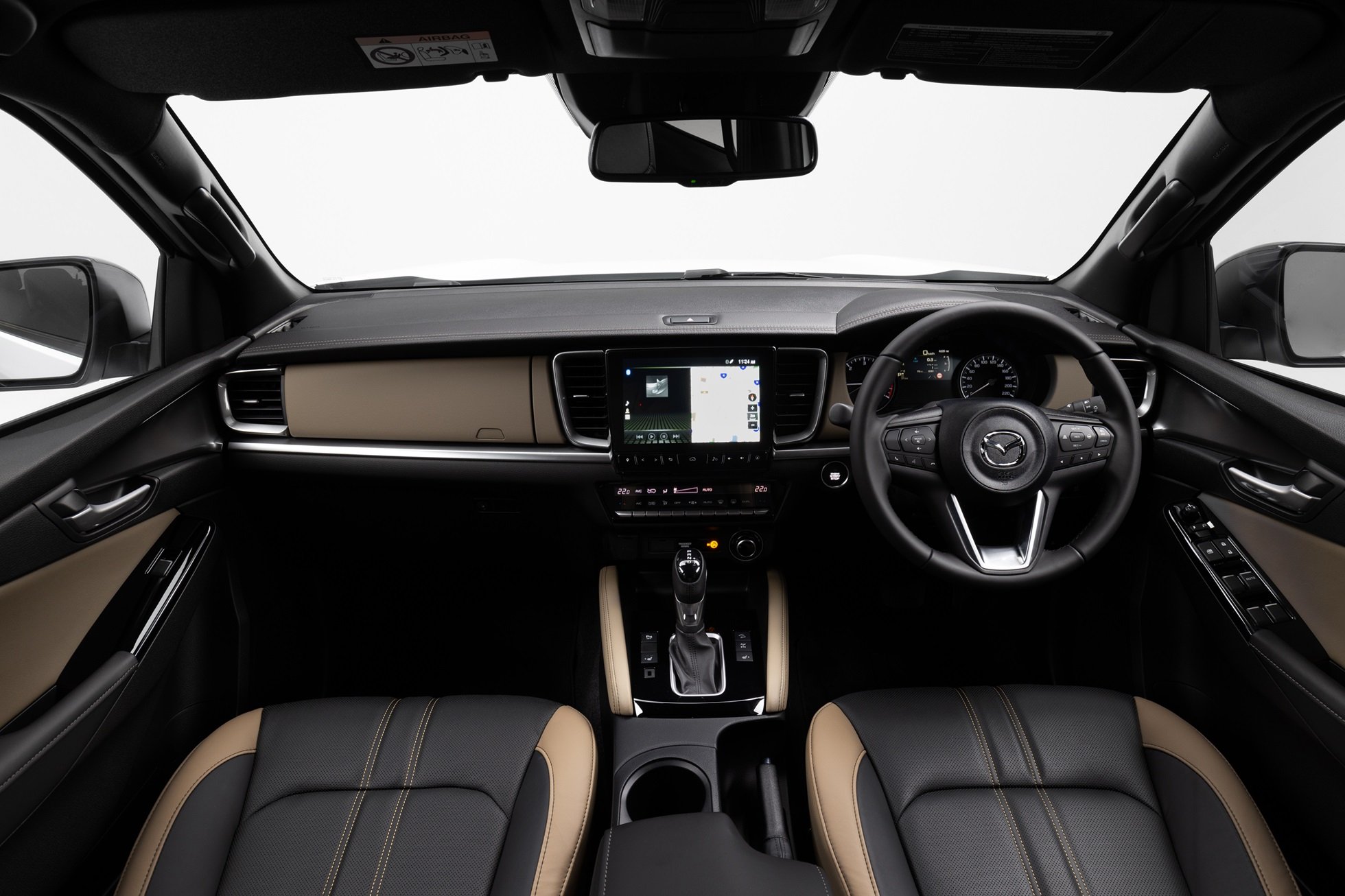
















Toyota has raised the Corolla and called it a small SUV, one that offers reliability, practicality and even performance atop the range. Let’s see if there are any redeeming features that can justify the $50K price?